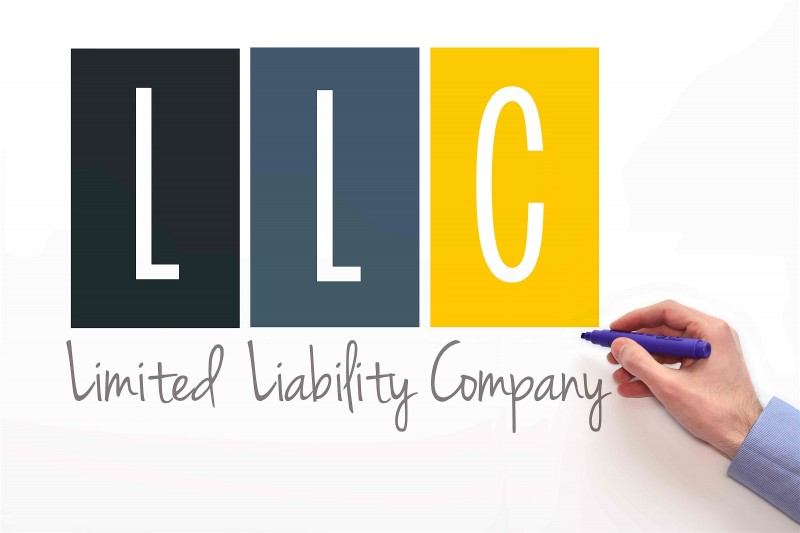If you’re a small business owner or freelancer looking for a flexible business structure that offers liability protection and tax advantages, a Single Member Limited Liability Company (LLC) might be the perfect choice for you. In this comprehensive guide, we will explore the ins and outs of Single Member LLCs, including their definition, tax treatment, and important considerations. Whether you’re just starting your business or considering a change in your existing structure, this guide will provide you with the essential information to make an informed decision.
What is a Single Member LLC?
A Single Member LLC is a business entity created by state statute that offers the owner(s) liability protection similar to a corporation while maintaining the simplicity of a sole proprietorship. As the name suggests, a Single Member LLC has only one owner, known as the “member.” This structure allows individuals to separate their personal assets from their business liabilities, protecting their personal wealth in case of legal issues or debt.
Tax Treatment of Single Member LLCs
The tax treatment of a Single Member LLC depends on its classification by the Internal Revenue Service (IRS). By default, a Single Member LLC is treated as a “disregarded entity” for tax purposes, meaning that the IRS does not recognize it as a separate entity from its owner. Instead, the activities and income of the LLC are reported on the owner’s individual tax return.
Classification as a Sole Proprietorship
For income tax purposes, a Single Member LLC is treated as a sole proprietorship if the owner is an individual. This means that the LLC’s income and expenses are reported on Schedule C of the owner’s Form 1040 or 1040-SR. The owner is subject to self-employment taxes on the net earnings from the business.
Classification as a Corporation
If a Single Member LLC wants to be treated as a corporation for tax purposes, it can file Form 8832 with the IRS and elect to be classified as such. This can be advantageous in certain situations, such as when the owner wants to retain earnings within the company or take advantage of corporate tax deductions. However, it’s important to carefully consider the potential tax implications and consult with a tax professional before making this election.
Taxpayer Identification Number (TIN)
For federal income tax purposes, a Single Member LLC classified as a disregarded entity generally uses the owner’s Social Security Number (SSN) or Employer Identification Number (EIN) for all information returns and reporting related to income tax. However, for certain employment tax and excise tax requirements, the LLC must use its own EIN.
Obtaining an EIN
Most new Single Member LLCs classified as disregarded entities will need to obtain an EIN. An EIN is required if the LLC has employees or if it is required to file certain excise tax forms. To obtain an EIN, the LLC can file Form SS-4, Application for Employer Identification Number, with the IRS. It’s important to note that a Single Member LLC that does not have employees or excise tax liability may not need an EIN and can use the owner’s name and TIN for federal tax purposes.
Employment Tax and Excise Tax Requirements

Since August 2007, disregarded LLCs have been treated as separate entities for employment tax and certain excise tax purposes. This means that a Single Member LLC is required to use its name and EIN for reporting and payment of employment taxes and for registering for excise tax activities.
Reporting Employment Taxes
For wages paid after January 1, 2009, a Single Member LLC is required to use its name and EIN for reporting and payment of employment taxes. This includes filing Form 941, Employer’s Quarterly Federal Tax Return, and Form 940, Employer’s Annual Federal Unemployment (FUTA) Tax Return. It’s important to ensure compliance with all employment tax requirements to avoid penalties and legal issues.
Excise Tax Activities
A Single Member LLC is also required to use its name and EIN when registering for excise tax activities and for reporting and paying excise taxes. This includes filing Forms 720, 730, 2290, and 11-C, depending on the specific type of excise tax. It’s crucial to understand the applicable excise tax requirements and deadlines to fulfill your tax obligations as a Single Member LLC.
Joint Ownership of LLC by Spouse in Community Property States
In community property states, where assets acquired during marriage are generally considered joint property, the classification of a Single Member LLC owned by a husband and wife can be a bit more complex. The IRS has provided guidance on how to classify such entities for federal tax purposes.
Disregarded Entity Classification
If a Single Member LLC owned by a husband and wife in a community property state is treated as a disregarded entity for federal tax purposes, the IRS accepts this classification. In this case, the LLC’s activities and income are reported on the owners’ individual tax returns, similar to a sole proprietorship.

Partnership Classification
Alternatively, if the husband and wife treat the Single Member LLC as a partnership for federal tax purposes, the IRS will also accept this classification. In this scenario, the LLC files its own partnership tax return, and the income and expenses are allocated between the spouses based on their respective ownership interests.
Conclusion
A Single Member LLC offers a flexible and advantageous business structure for small business owners and freelancers. With liability protection, simplified tax reporting, and the potential for tax savings, it’s no wonder that many entrepreneurs choose this entity type. However, it’s crucial to understand the specific tax treatment, obtain the necessary taxpayer identification number, and comply with all employment and excise tax requirements. Consulting with a qualified tax professional can help ensure that you make the most informed decisions for your Single Member LLC.

